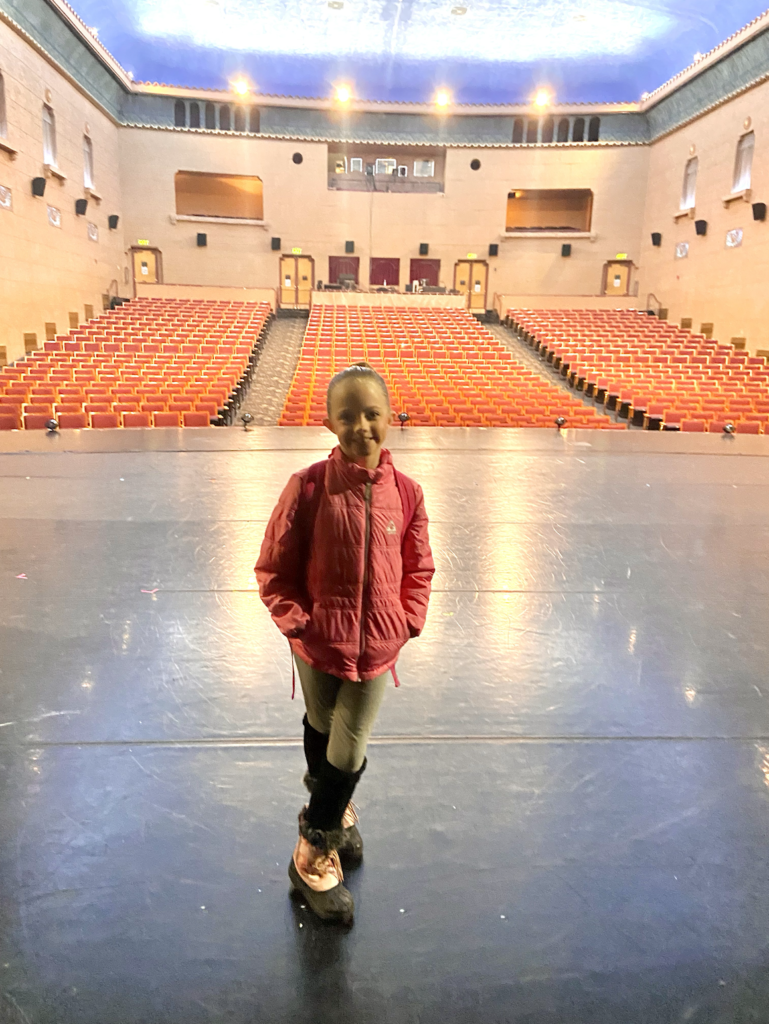
Principles of Intermediate Technique
Teaching technique to your students can seem like an intimidating task at times; at least I think so! For a budding pianist, developing a good, healthy technique is one of the most important things to do to become a fine pianist and a good musician. So how can we, as teachers, make sure we are helping our students develop good technique?
Each teacher has different ideas about technique, was taught technique differently (depending on the teachers we all had as young pianists), and stresses different techniques to their own students. For this reason, I hope we can get a lot of input and comments as to how you go about teaching your students technique, or how you were taught technique.
When teaching intermediate students, I feel that there are three main important techniques to help our students develop, as well as one other important point we should stress to our students.
- A good hand shape – yes, this is basic and should be taught to our beginning students. Still, there are sometimes intermediate students who need a little help making good hand shape a habit, or transfer students who need to completely re-learn this. Students who still frequently let their knuckles collapse and play on the flat part of their finger instead of the tip of the finger need some help and guidance in making that a habit.
- Finger dexterity and articulation – students should develop strong fingers that can play with good articulation and control. This can happen through scales, Hanon exercises, high loud fingers, etc. However, this should never come at the expense of injury, so we need to also stress the importance of not tensing up muscles as we play, as well as help our students to develop….
- Wrist movement – It is important to teach our students to keep their wrists relaxed and incorporate appropriate wrist movement into their playing. This can be in many ways: a slight lift of the wrist at the end of phrases; wrist movement like knocking on a door to assist in repeated block chords; playing a singing, lyrical melody with a loose, relaxed and slightly rotating wrist, etc. Keeping a relaxed wrist not only helps to avoid tensing the muscles too much, but truly aids in achieving a beautiful sound.
- When teaching techniques to our students, we should always give them a musical reason for the technique. Don’t just tell them to lift their wrist slightly at the end of phrases, explain why that makes the phrase musical.
What techniques do you feel are important to teach your intermediate students?


 Previous Post
Previous Post


















I second all of your list! Technique is SO important at this stage as students start to tackle more difficult repertoire. I did not learn technique from my piano teacher when I was young, so when I started playing advanced repertoire in college, I injured myself and my professor had to completely re-teach me how to approach the piano.
One big concept that changed the way I played was alignment and posture. Good hand shapes and wrist movements won't do any good if you are sitting incorrectly. My professor told me to try sitting farther away from the keys and with a higher bench and it helped me free up my wrist and hand movements.
Students should learn to sit up straight (especially those young boys!) with their arm at a natural descent from the shoulder and the forearm is parallel to the floor. This will give the appropriate relaxed wrist position. Sometimes this means sitting on phonebooks if your bench doesn't go high enough!
Then, the bench should be far back enough that our elbows are slightly forward from our torso and our wrist and hands line up naturally with the elbow.
I tell my students this gives the whole arm a "waterfall" effect.
Sorry for the long comment! I"m on a technique kick right now so your post came at the perfect time